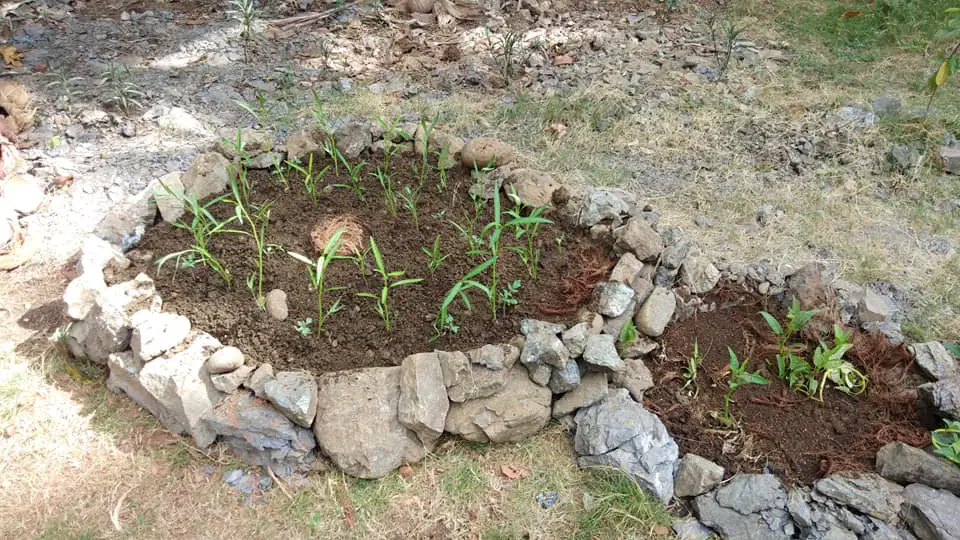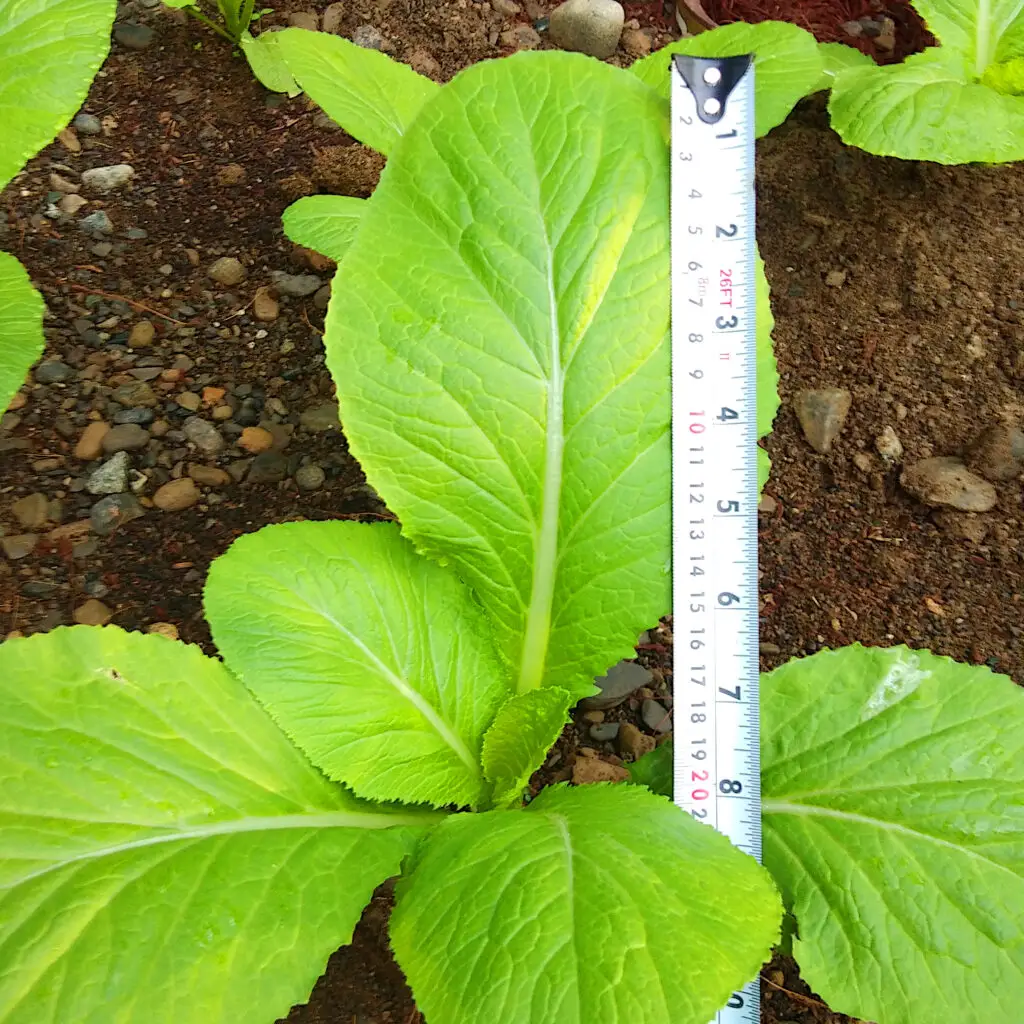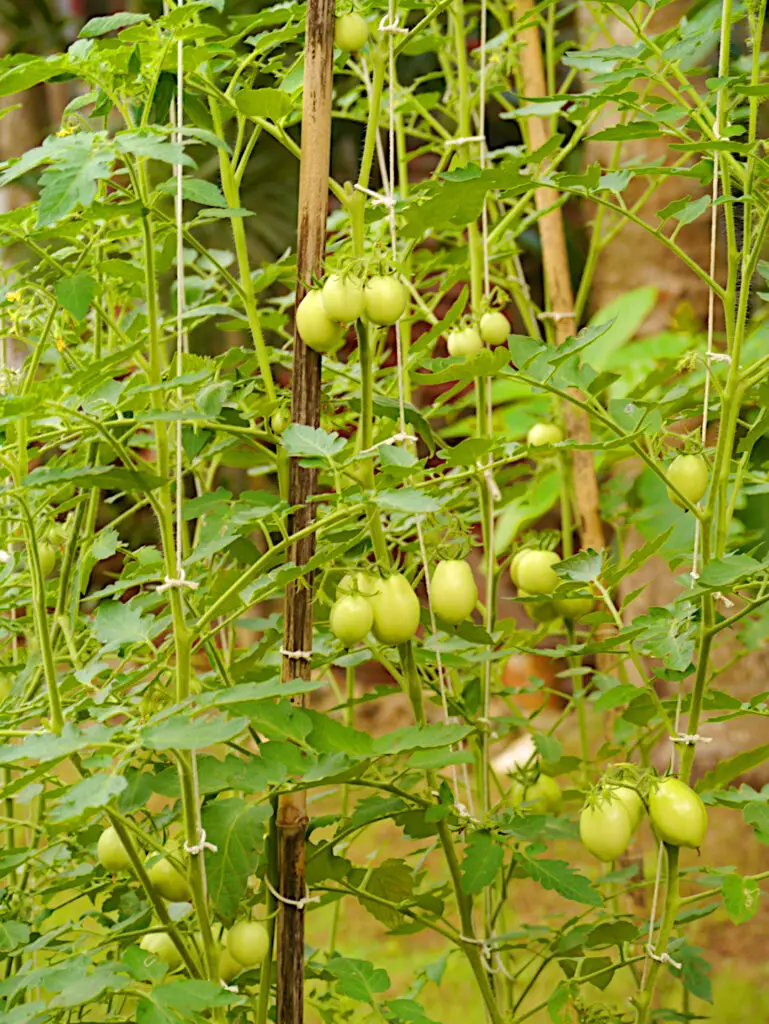What is lithic mulching? How is a lithic mulch garden constructed? This article explains this ancient technology that can work quite well if you are in isolation because of the COVID-19 pandemic. Read on to find out what it is and the outcomes of its application.
I discovered lithic mulch agriculture while looking for ways to make use of any available resources in my yard to start a sustainable garden that could meet our food needs during the quarantine period due to COVID-19. It is easy to apply the gardening technique developed by the ancients.
Lithic Mulching by the Rapa Nui of Easter Island
I came across the Rapa Nuis of Easter Island as one of the early users of this farming or gardening technology using stones, rocks, and volcanic material. They call these rock gardens manavai. The method can allow the growth of plants even in arid lands.
The structures built are tall (about a meter high) lithic mulch structures. These rock gardens protect the plant from the wind and erosion. And the stones and gravel prevent the escape of precious moisture in the arid and isolated land.
How to Make a Small Lithic Mulch Garden
It is easy to make a lithic mulch garden. Everything can be sourced from the yard – the stones or rocks, gravel and sand, humus, and even refuse from the kitchen. As long as you have about two square meters of land and the seeds, you can sustainably grow your veggies.
Intrigued by the ancient method of gardening done by the Rapa Nuis of Easter Island, I gathered stones from the yard and piled them up in a circular manner. The planting area measures 1.67 square meters, to be exact.
After completing the circular pile of stones and pebbles, I filled it up with gravel and sand nearby. Earlier, I cultured African nightcrawlers, so I had vermicast ready. I spread the organically-rich material thinly about a quarter of the way towards a height of roughly 13 centimeters. I thought that the rich layer should be situated somewhere near the plant’s root zone, so I covered the vermicast layer with another 3-5 centimeters of gravel and sand.
I planted the first one with water spinach, arranged in a way that follows the general shape of the structure. It took 18 water spinach seedlings to populate the space.
The following picture shows how it looks.

After 30 days, the water spinach is ready to harvest. It grew so well that I built another one.
More Lithic Mulch Garden
The other lithic mulch garden took about an hour to make. I took several mustard seedlings grown in 13-cm diameter polyvinyl pots for transplantation. I dug a hole for each one, roughly the same size as the pot, and placed the seedlings there, then covered them lightly with the dugout gravel and sand. Then I watered the plants just to soak the soil wet.
Two days later, I was surprised to see a mustard’s leaf grow 5 centimeters longer. I have not seen this rapid growth while the mustards are still in their pots. The lithic mulching approach seems to be a very efficient way of growing vegetables.

Excited of the outcome, I prepared two more lithic mulch structures and planted them with water spinach, tomato, broccoli, and eggplant. I did not plant the tomatoes deliberately but just saw them grow in the soil.
Perhaps the reason they are there is that I water the plants with water from the kitchen. While using ripe tomatoes for cooking, the seeds may have spilled into the basin while I cut them up.
A “Forest” of Tomatoes
Letting the tomatoes grow gave dividends. After a little more than two months, I already have a “forest” of tomatoes. They grew so well that even if the plants are closely spaced, they kept on producing fruits.

Despite the need to stay at home because of COVID-19, our family has a constant supply of vegetables from the four lithic mulch structures. The neighbors enjoyed the harvest, too.
Now I understand how this simple technology kept the isolated people of Easter Island surviving in the island where the forests have been cleared. The lithic mulch structures gave them the energy to erect the colossal Moai statues made of rock.
Keep safe and healthy using lithic mulching technology. You can still be productive in isolation.




I heard about this technique from the Fall of Civilizations Podcast episode on Easter Island. Glad you could put it to practice!
Thanks Eddison. I actually wrote a more detailed manual on how to do it because of the excellent results I got. Almost done.